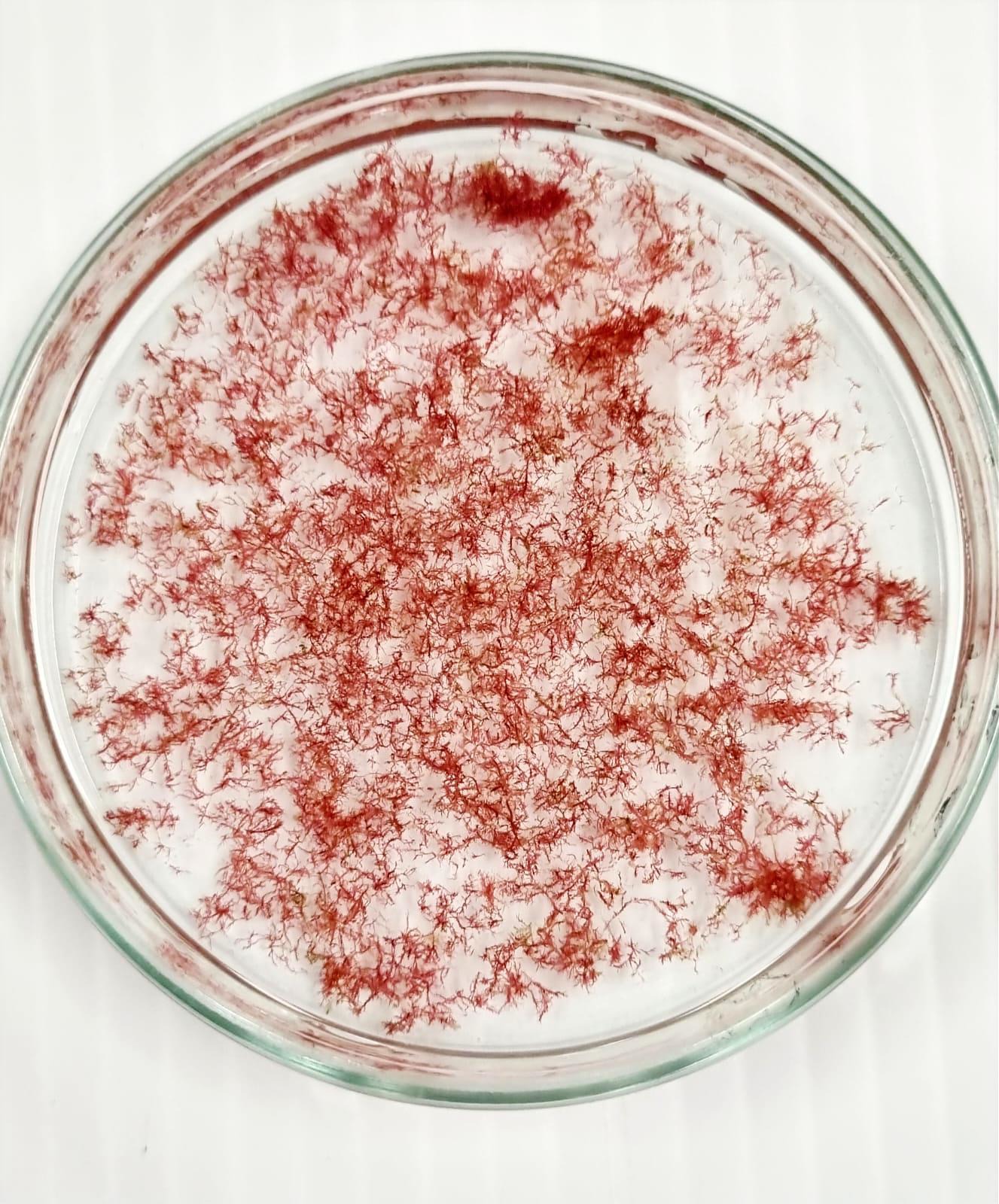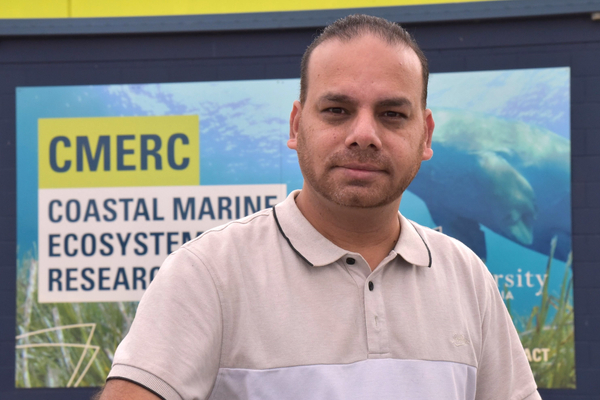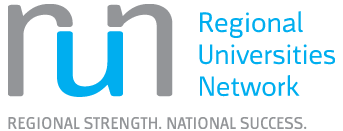Protoplast-based Mariculture Solutions for Scalable Seaweed Farming

Description
The red seaweed Asparagopsis taxiformis can reduce livestock methane emissions by up to 90%, but challenges around large-scale cultivation have so far restricted its widespread adoption as a livestock feed additive.
The project, Protoplast-based mariculture solutions for scalable Asparagopsis farming addressed these challenges by pioneering two new methods of seaweed cultivation.
The first used a cell-based approach to isolate and regenerate seaweed cells from protoplasts, removing reliance on seasonal reproductive cycles and allowing for year-round hatchery operations.
The second method used natural plant hormones called polyamines including spermidine to release reproductive spores more quickly and in greater numbers. It also improved the early growth of young seaweed plants by enhancing root formation and branching.
Impact
Using phytohormones—particularly polyamines like spermidine, CQUniversity researchers have successfully induced rapid tetrasporogenesis and improved early developmental processes such as cell division, branching, and rhizoid formation. Complementing this, the integration of protoplast technology using vacuum infiltration and sulphur-based pre-chelation treatments has enabled efficient isolation of viable protoplasts from young gametophytes, offering a platform for clonal propagation, strain improvement, and genetic studies.
These innovative tools can significantly benefit the seaweed industry by enabling year-round hatchery-based seedstock production, improving genetic quality, and overcoming the dependency on fertile female plants. Importantly, these advances align with the ongoing commercialisation efforts of key Australian and global stakeholders in Asparagopsis farming—including Australian Sustainable Seaweed Alliance (ASSA), SeaForest, SeaStock, and CH4 Global—who are driving large-scale cultivation for methane reduction in livestock.
By equipping the industry with reproducible, lab-based propagation technologies, CQUniversity's innovations will enhance the productivity, resilience, and economic viability of Asparagopsis farming, contributing to the development of a globally competitive and sustainable seaweed sector in Australia.
This work feeds directly into the goals of the Australian Sustainable Seaweed Strategy, supporting a blue bioeconomy projected to reach $4.7 billion by 2040.
Partners
Dr Manoj Kumar - Project Lead

Dr Manoj Kumar is a Senior Research Fellow at the Coastal Marine Ecosystems Research Centre (CMERC) at CQUniversity. He has more than 15 years of experience in seaweed and seagrass aquaculture, ecophysiology, and molecular biology. Dr Kumar’s research activities are focused on the resilience of marine plants and algae including seaweeds, seagrasses and microalgae under global climate change. His recent research activities also include the development of sustainable tools for seaweed biomass processing for products including bioplastics, biofertilizers and biomaterials.
Sustainable Development Goals
At CQUniversity we are committed to embedding sustainable practice in our operations, interactions and relationships, underpinned by the United Nations Sustainable Development Goals. Sustainability is one of our strategic pillars within our Strategic Plan 2024-2028
This project aligns with the following SDG Goals:
- 9 – Industry, Innovation & Infrastructure
- 12 – Responsible Consumption and Production
- 13 – Climate Action
- 14 – Life Below Water
